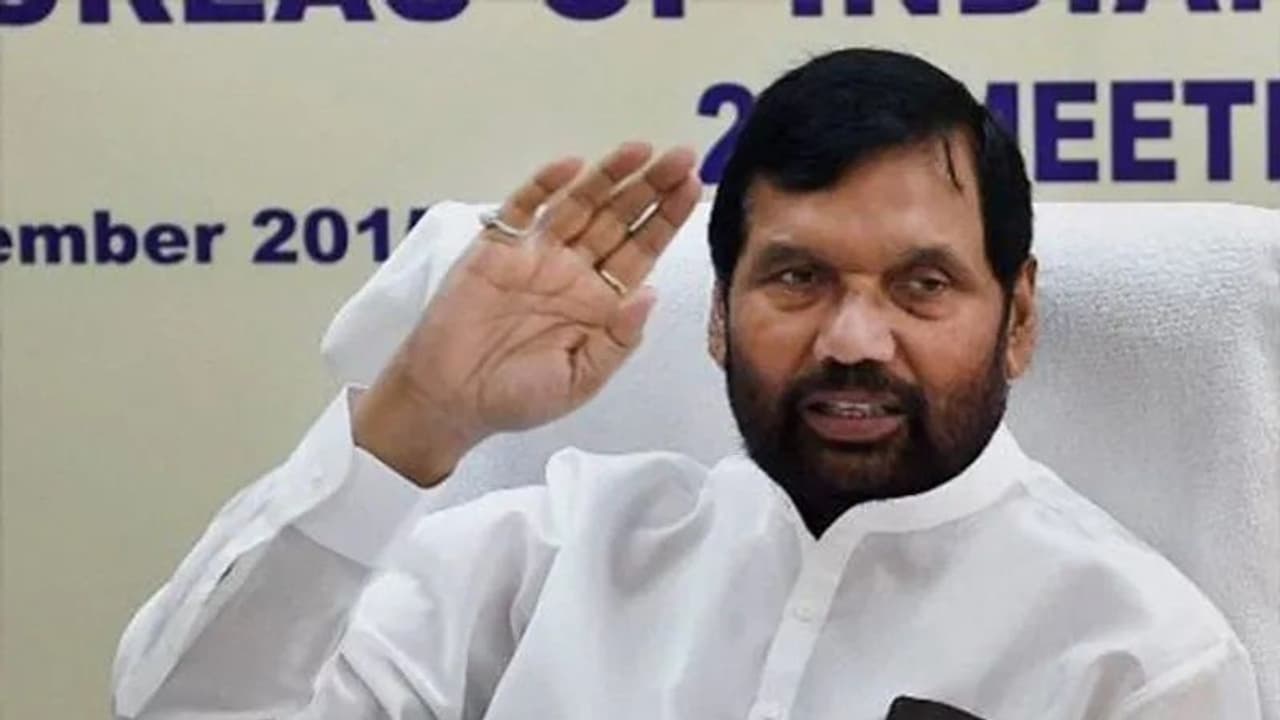Ram Vilas Paswan, the ‘meteorologist’ of politics, was a minister under 6 Prime Ministers. He left the job of DSP and chose to remain in power and become the voice of Dalits. His unmatched understanding of alliance always kept him at the center of power.
Ram Vilas Paswan’s name is recorded in Indian politics not only as a Dalit leader but also as a skilled strategist who was called the ‘greatest meteorologist’ of politics. The biggest highlight of his political career was that he held ministerial posts in governments led by six different Prime Ministers (V.P. Singh, Chandrashekhar, H.D. Deve Gowda, Inder Kumar Gujral, Atal Bihari Vajpayee, Manmohan Singh and Narendra Modi). The question arises that what was the unmatched political understanding that Paswan had, which kept him firmly seated on the strongest seat of power every time, while the governments during his era kept going through periods of instability?
Rejected DSP job
Paswan’s strategy begins with a fundamental choice in his life. In 1968, he passed the Bihar Public Service Commission (BPSC) examination and obtained the post of DSP (Deputy Superintendent of Police). For a Dalit family, this was the surest way out of poverty. But in 1969, he turned down this secure government job because he believed that he had to become ‘the government’ and not a ‘government servant’. This decision shows that instead of bringing about change by staying on the margins, he wanted to become the voice of Dalits by staying at the center of power.
12 Janpath made housing
His penchant for power is also reflected in his choice of location in Delhi. When he became a minister at the Center in 1989, he made 12 Janpath his official residence. This bungalow was one of the largest bungalows in Lutyens’ Delhi, located right next to the Prime Minister’s residence and the Gandhi family’s 10 Janpath. It was not merely an address, it became a symbol of his permanent presence at the center of power.
The greatest display of Paswan’s political intelligence came during the implementation of the Mandal Commission in 1990. The then Prime Minister V.P. Singh’s government was shaking and his ally Prime Minister Devi Lal was preparing a different camp. Amidst this crisis, on the advice of Paswan and Sharad Yadav, V.P. Singh implemented the recommendations of the Mandal Commission on 7 August 1990.
Paswan had then confidently said, “After the implementation of the Mandal Commission, no one can remove us from power for 20 years.” Even if V.P. Singh’s government soon fell, but Mandal gave birth to a new socio-political current, making Paswan forever a central pillar of social justice politics. It was his foresight that instead of saving immediate government lives, he took a step that would have long-term social and political ramifications.
The alliance had an unmatched understanding.
Their coordination in coalition politics was unmatched. Sensing the comeback of Congress in the 1996 elections, he joined the United Front government. In 2002 he resigned from Atal Bihari Vajpayee’s government in protest against the Gujarat riots, taking the moral high ground, and then joined the Congress-led UPA in 2004, becoming a minister again. His biggest move came in 2014, when he read the Narendra Modi wave and joined the NDA.
In fact, Paswan’s philosophy was that real change for Dalits could be achieved not in the Assembly or on the streets, but by sitting at the table of the Ministry. His unfulfilled dreams, such as ‘Right to Employment’ (which Congress fulfilled 15 years later in the form of MNREGA), prove that his motive for being in power was not just to get power, but also to shape policies for the poor and the underprivileged. Because of this, his political journey has been a complex mix of principle and convenience, making him the most reliable ‘barometer’ of India’s coalition politics.
